#sebastiao salgado
Explore tagged Tumblr posts
Text

Chinstrap Penguins (Pygoscelis Antarctiva), Deception Island, Antarctica from the Genesis series, Sebastião Salgado, 2005
#photography#sebastiao salgado#antarctica#black and white photography#2000s#2005#penguins#animals#landscape#brazilian#deception island#100 notes
148 notes
·
View notes
Text

Sebastiao Salgado (Brazil, b. 1944)
Shepard and Sheep, Kuwait, 1991
63 notes
·
View notes
Text
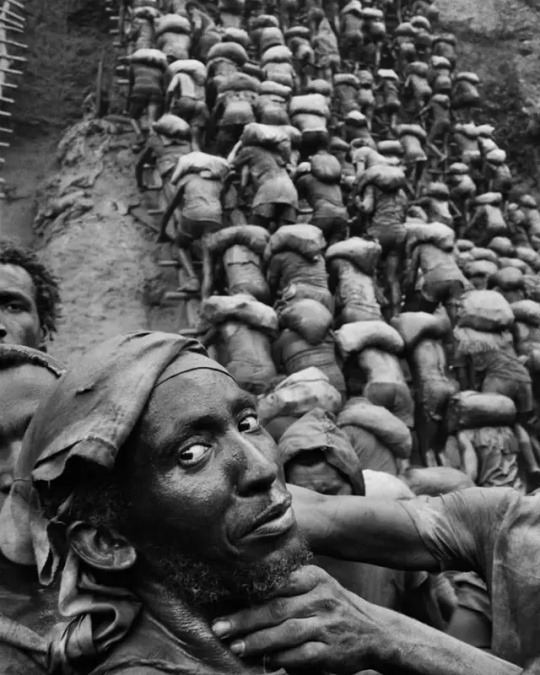

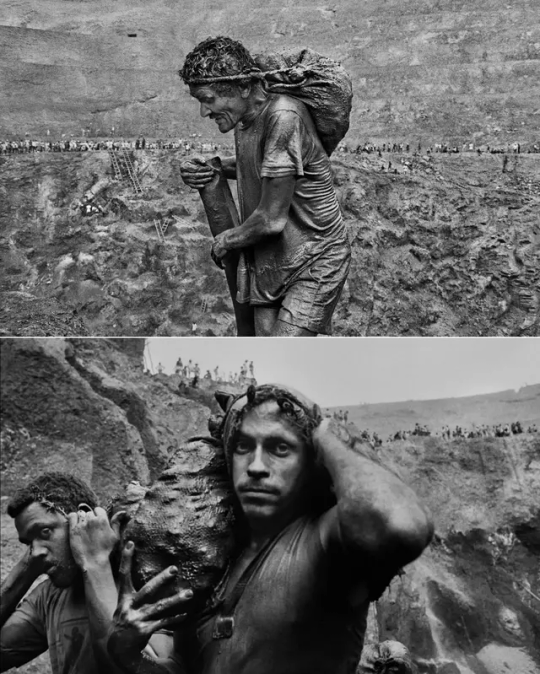
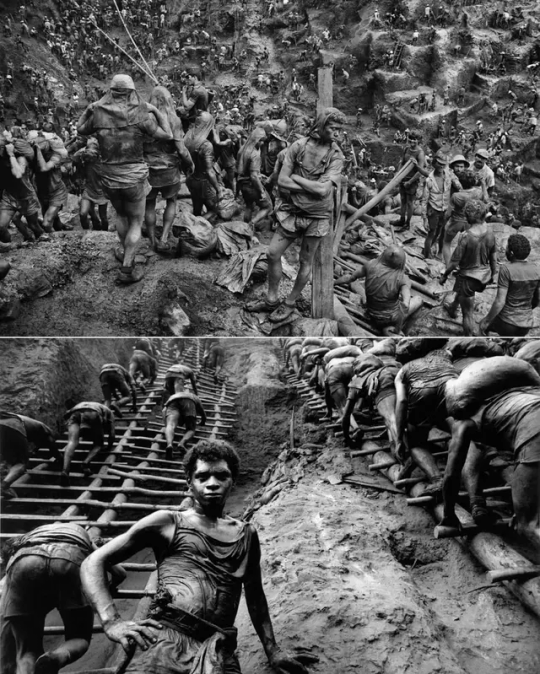

Serra Pelada Gold Mine (Pará, Brazil, 1986)
Author: Sebastião Salgado | Instagram | ICP
#hyperrealism#hyperrealistic#gold mining#gold mine#mining#brazil#1980s#80s#eighties#sebastiao salgado#history#sealed in time#black and white#black & white#b&w#photography#historical photos#history photos#black and white photography#rare photos#vintage photos#worldhistory#old photos
79 notes
·
View notes
Text
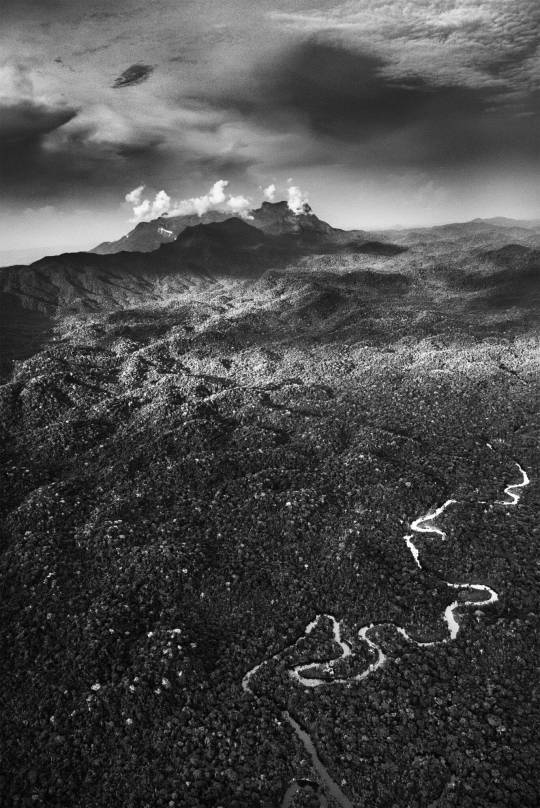
… untitled
The Maiá River in Pico da Neblina National Park, in the São Gabriel da Cachoeira area. Yanomami Indigenous Territory. State of Amazonas, 2018.
© Sebastião Salgado
95 notes
·
View notes
Text
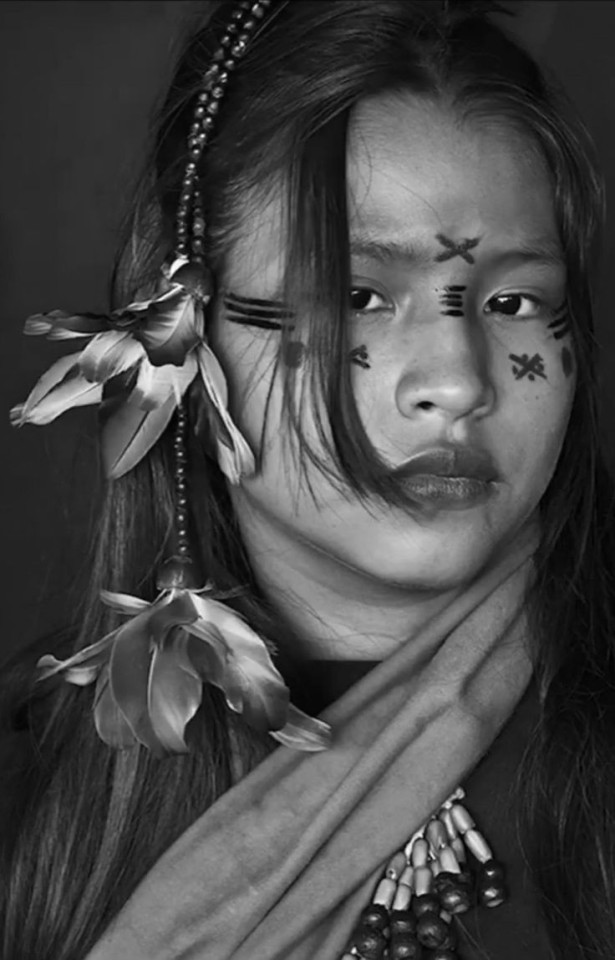
Fotografía: Niña indígena Yara Asháninka. Amazonía brasileña.
Fotógrafo: Sebastião Salgado. Fotoperiodista, pintor y fotógrafo. Brasil, (1944).
"Sebastião Salgado es un fotógrafo sociodocumental y fotorreportero brasileño.Salgado ha viajado a más de 100 países por sus proyectos fotográficos. La mayor parte de estos han aparecido en numerosas publicaciones y libros..."
Fuente: Wikipedia.
Sueños y fantasmas. El arte de soñar.
103 notes
·
View notes
Text

photographer: Sebastião Salgado.
Climbing tree. Indonesia, 2008.
41 notes
·
View notes
Text

IL RACCONTO DELL'IMMAGINE - di Gianpiero Menniti
PELLE CHE NARRA
Scatto di potente intensità.
Opera di Sebastião Salgado (1944): "Blind woman", Mali, 1985.
Può rammentare l'Annunciata di Antonello da Messina: vede oltre e dunque "pre-vede".
Così è questa donna, cieca di quanto sia altro intorno sé, vedente di quanto altri non scorgono nemmeno.
Profondità che non ha bisogno di una scena prospettica.
Fragilità che sorge come preghiera in ogni parola pronunciata.
Appello che dà voce al tocco di mani sapienti: tutto è racconto scritto sulla pelle.
Non lei, ma ciascuno è indifeso accanto a lei, capace di afferrare la cadenza del respiro, la storia di una cicatrice, il vento e il sole di una ruga.
Strega invocata, fonte di conoscenze arcane ormai perdute.
Come le "Madri" del Faust di Goethe:
[...] Dee sconosciute all'uom, da noi sono volentier taciute. Cerca giù negli abissi dove stanno; è colpa tua se ci abbisogneranno. [...]
Il nostro tempo ha sete di occhi che rendano visibile il pensabile.
19 notes
·
View notes
Text









Sebastião Salgado
#Sebastião Salgado#Photography#Documentary Photography#Sebastiao Salgado#Photojournalism#Black and White
21 notes
·
View notes
Text
Au début des années 1990, le photojournaliste brésilien Sebastião Ribeiro Salgado a été chargé de documenter le génocide au Rwanda, une mission qui l'a profondément affecté.
De retour dans son Minas Gerais natal, au Brésil, en 1994, Sebastião espérait renouer avec les forêts verdoyantes de sa jeunesse. Cependant, il dût faire face à une réalité très différente - sa ferme autrefois florissante était devenue une étendue désolée et stérile, dépourvue de faune.

C'est alors que sa femme, Lélia Deluiz Wanick Salgado, a suggéré le projet ambitieux de reboiser toute la région. Embrassant cette vision, Sebastião et Lélia ont passé les deux décennies suivantes à planter plus de 2,7 millions d'arbres.
Leurs efforts ont conduit à la restauration de 1 500 acres de forêt tropicale, transformant la terre en un havre de paix pour 293 espèces végétales, 172 espèces d'oiseaux et 33 espèces animales, dont certaines étaient sur le point d'être en voie d'extinction.
20 notes
·
View notes
Text

Sebastião Salgado, Manda Yawanawá, from the village of Escondido
178 notes
·
View notes
Text

Sebastiao Salgado || Nenet Nomads - Migration of Camp
5 notes
·
View notes
Text

A girl selling toffee apples near Guatemala City, Sebastião Salgado, 1978
#sebastiao salgado#photography#vintage photography#vintage#black and white photography#guatemala#guatemala city#street photography#1970s#1978#brazilian#south american art#artists of color#100 notes#250 notes
350 notes
·
View notes
Text
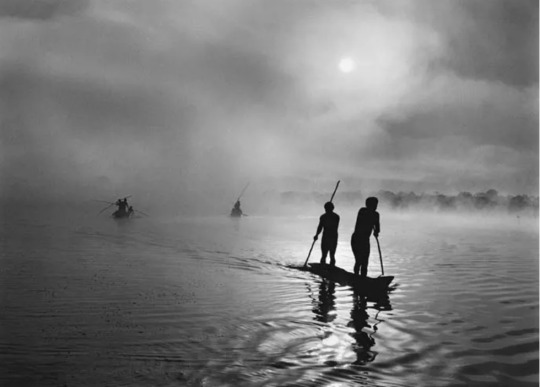
Sebastiao Salgado (Brazil, b. 1944)
Fishing in the Piulaga Laguna, Brazil, 2005
Silver gelatin print
242 notes
·
View notes
Text

Sebastião Salgado
6 notes
·
View notes
Text
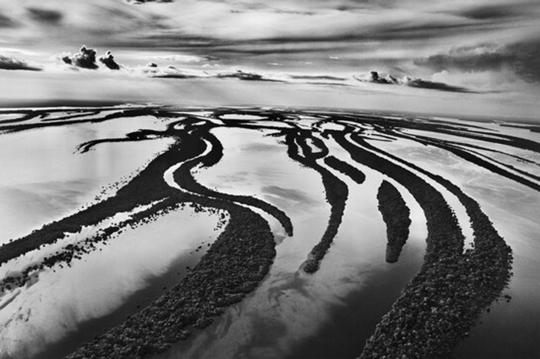
… untitled (Rio Negro, Anavilhanas National Park, Amazonas, Brazil, 2009)
© Sebastião Salgado
176 notes
·
View notes
Text
🌿 Explore the Amazon Through the Lens of Sebastião Salgado
TASCHEN presents Amazônia, a stunning photographic journey into the heart of one of Earth’s most extraordinary ecosystems. From sweeping landscapes to the vibrant cultures of its people, this book is a celebration of life and preservation.
📸 Get your copy here
🎁 A thoughtful gift for lovers of art, photography, and nature conservation.

#SebastiaoSalgado #Amazonia #TASCHENBooks #PhotographyArt #NatureLovers #PreserveNature
6 notes
·
View notes